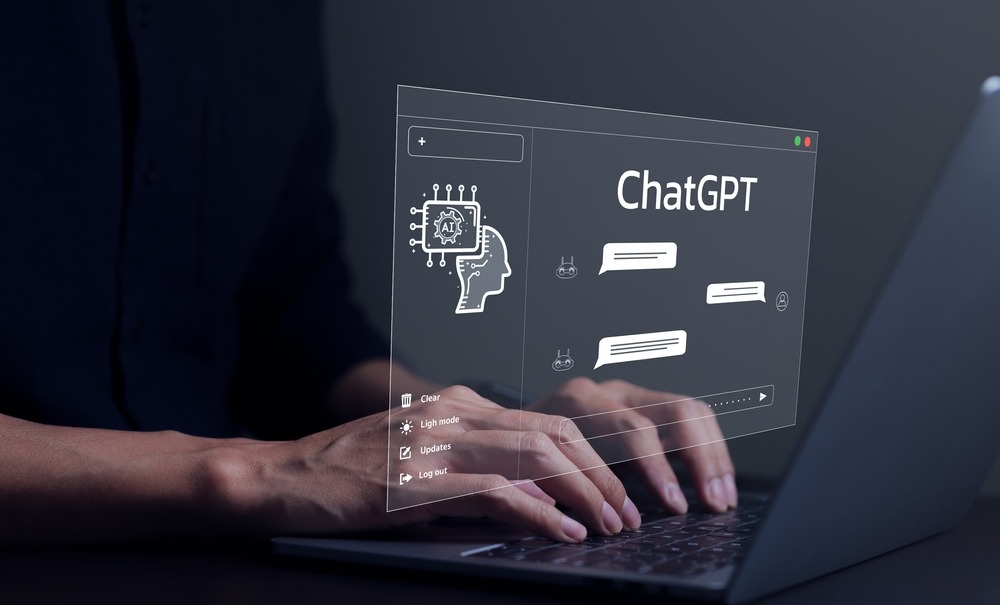
From last few months Chat GPT in edtech has become a buzz word. Everyone is trying to get the full out of it. So lets dig deeper into chatgpt.
Chat GPT is a state-of-the-art language model developed by Open AI that uses deep learning algorithms to understand and respond to human language.
It is an innovative technology that has revolutionized the field of natural language processing (NLP) and has become increasingly popular in recent years.
GPT stands for “Generative Pre-trained Transformer” and refers to the architecture of the neural network used by Chat GPT.
The model is pre-trained on a large corpus of text data, allowing it to generate high-quality responses to a wide variety of input prompts.
It is a generative model, which means that it can generate new text based on the input it receives, rather than simply providing pre-programmed responses.
Chat GPT is designed to understand and respond to human language in a natural and conversational way.
It uses deep learning algorithms to analyze and understand the context and meaning of input text, allowing it to generate responses that are relevant and meaningful.
It can be used for a wide variety of applications, including customer service chatbots, virtual assistants, and language translation services.
One of the key benefits of Chat GPT is its ability to improve over time through continuous learning. As it receives more input data and interacts with more users, it becomes more accurate and effective at generating responses.
This makes it a highly adaptive technology that can be customized to suit the specific needs of different users and applications.
Chat GPT in edtech has a wide range of potential applications in various industries, including e-commerce, healthcare, finance, and more.
It can be used to improve customer service and support, automate routine tasks and processes, and enhance communication and collaboration between teams and individuals.
One of the most exciting aspects of Chat GPT is its potential for creative and artistic applications. For example, it can be used to generate new works of literature, poetry, and music based on input prompts or existing works.
This opens up new possibilities for creative expression and collaboration in fields such as art, music, and literature.
However, there are also concerns about the potential risks and limitations of Chat GPT. For example, there are concerns about the potential for the model to be used to generate fake news or propaganda, as well as the potential for it to perpetuate biases and stereotypes present in the data it is trained on.
Overall, Chat GPT is a groundbreaking technology that has the potential to transform the way we communicate and interact with computers. It is a powerful tool for improving communication, enhancing productivity, and fostering creativity and innovation.
However, it is important to use it responsibly and with awareness of its potential limitations and risks.
As Chat GPT continues to develop and improve, it is likely to play an increasingly important role in our daily lives, both as a tool for communication and as a source of inspiration and creativity.


